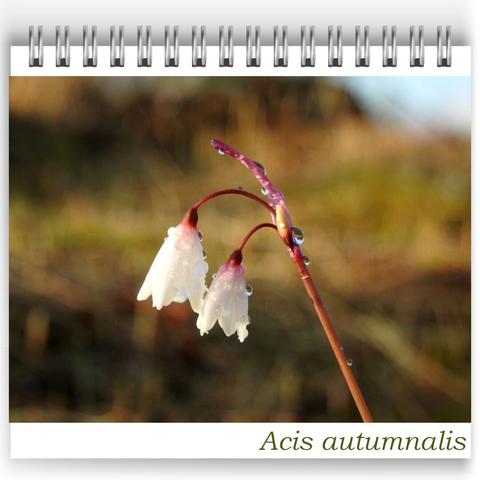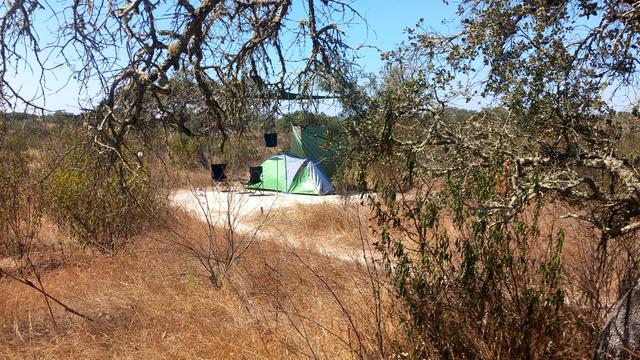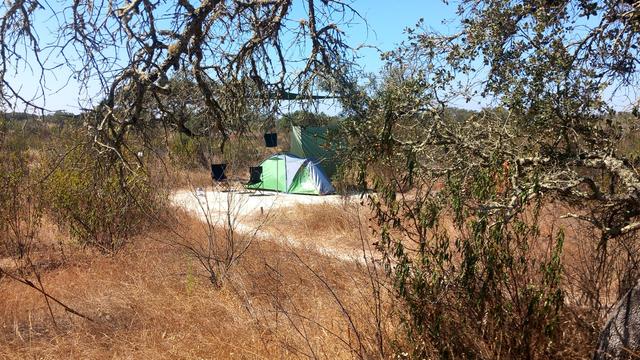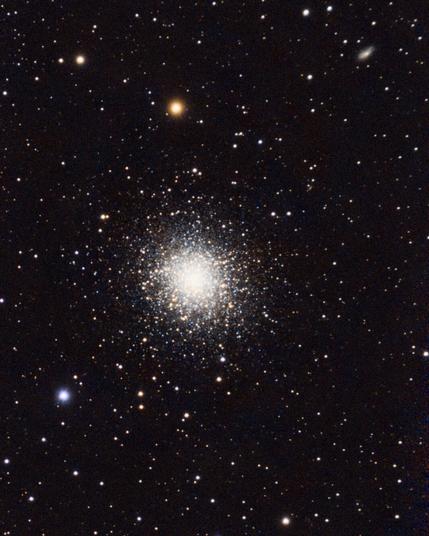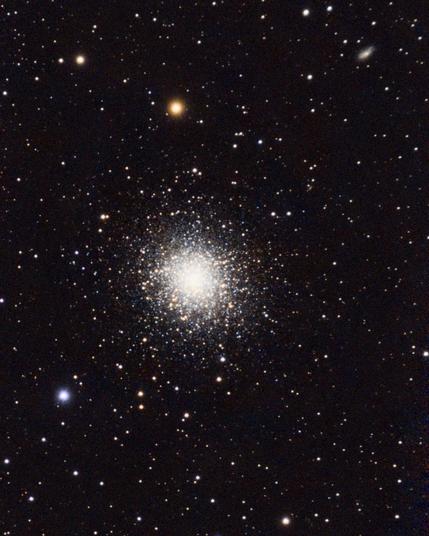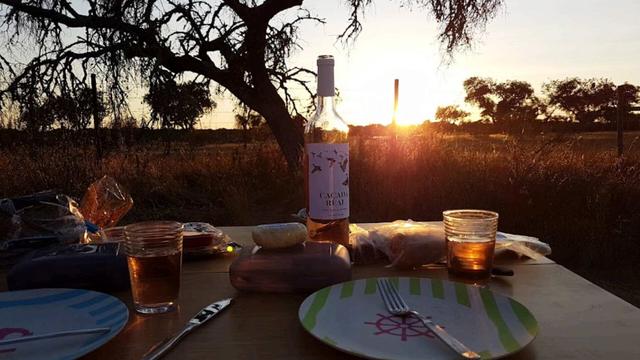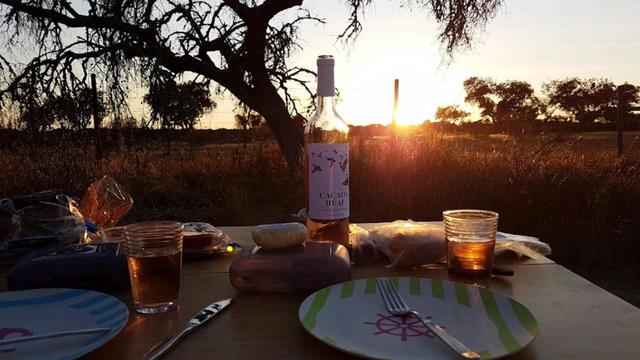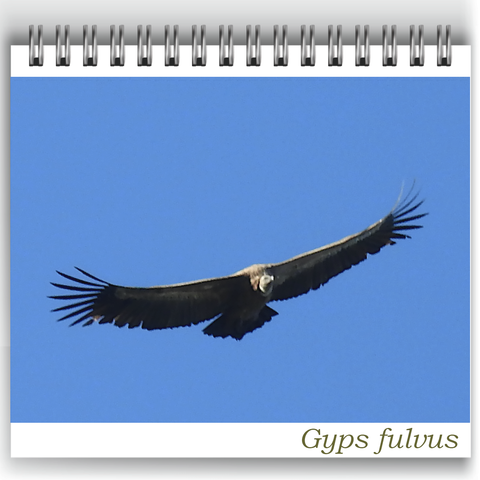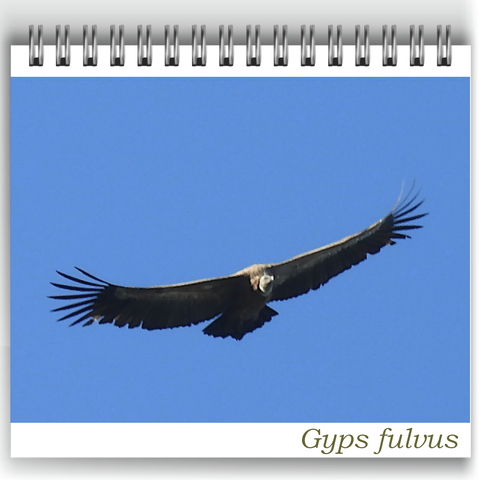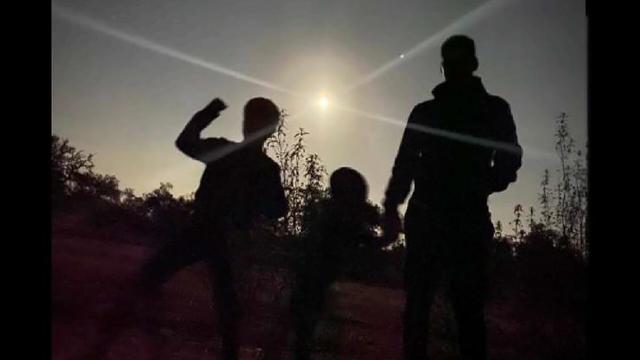As soon as we have the first heavy morning dew, these delicate white bells begin to bloom. They rise almost unnoticed among the dry grasses, glistening with droplets, fragile yet full of promise. Promise of the beginning of the growing season, the slow awakening of the earth after summer’s rest.
#Biodiversity #Flora #SeptemberSnow #NaturePhotography #Wildflowers #FlowerLovers #SeasonChange #NatureMoments #EarlyAutumn #CampingInPortugal #Évora #Alentejo #OneWithNature
